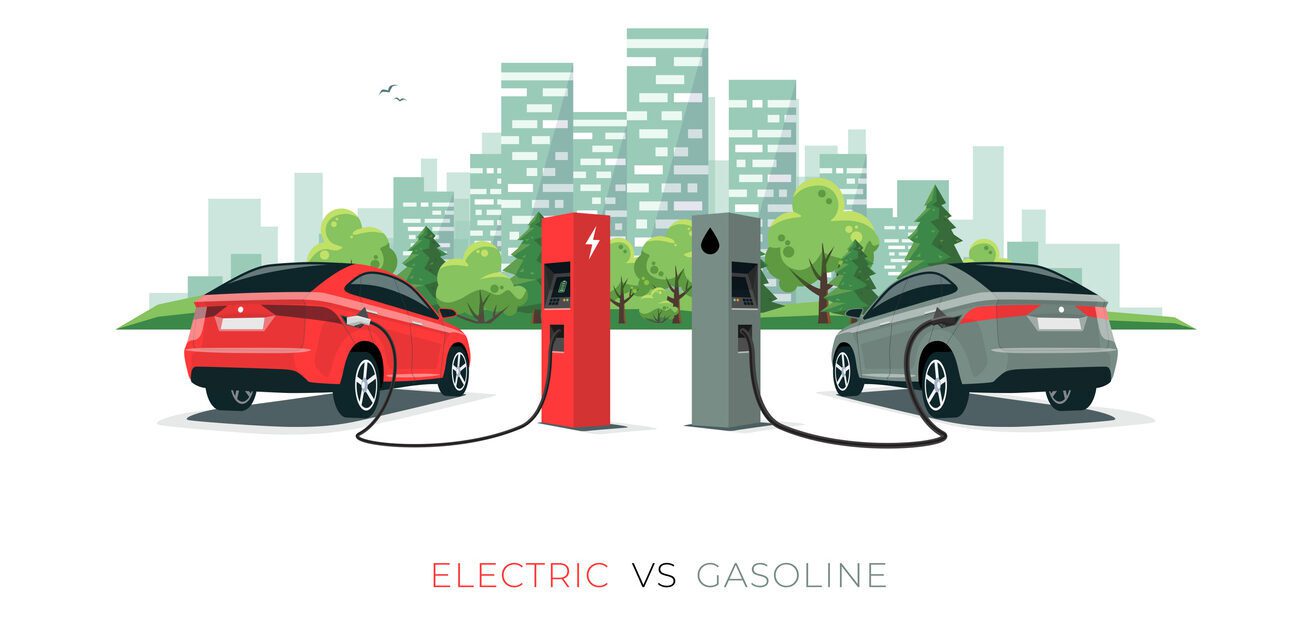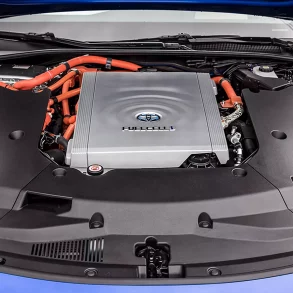Summary
- The debate of Gas vs EV has gained momentum as more EV models are released each quarter
- The initial price of an EV is still higher than Gas, but incentives can nullify a large portion of that
- EVs win out by 65% in mileage costs, while gas powered vehicles still get more mileage of average per fill
- Charging infrastructure is one of the key components of EV adoption, with more and more coming online every week
- The real world analysis is that EVs are getting there, but aren’t quite “there yet” in terms of rivalling gas powered vehicles
- We think that EVs are a most cost-effective vehicle to own in certain situations, with incentives, lower cost per mile, and efficiency all considered
The debate between electric vehicles (EVs) and traditional gas-powered cars has been gaining momentum as more and more manufacturers are releasing their electric or hybrid vehicles in earnest. On top of that, consumers are increasingly prioritizing economic considerations alongside environmental concerns, and to put it simply, are looking for “the best bang for the buck.”
What is central to this debate is the actual average cost of ownership of an EV, compared to the known average cost of owning a gas-powered vehicle, and that is what we will be investigating today.
Initial Costs
Sticker Price & First 5 Years
According to data from Cox Automotive, the initial sticker price of EVs is declining on a continuous trend that started in Q2 2023, which is making them more and more a viable option.
As well, data from the National Resources Defense Council (NRDC), if you factor in the current government incentives towards buying an EV, you can come very close, within a few thousand dollars, to the price of an equivalent gas-powered vehicles.
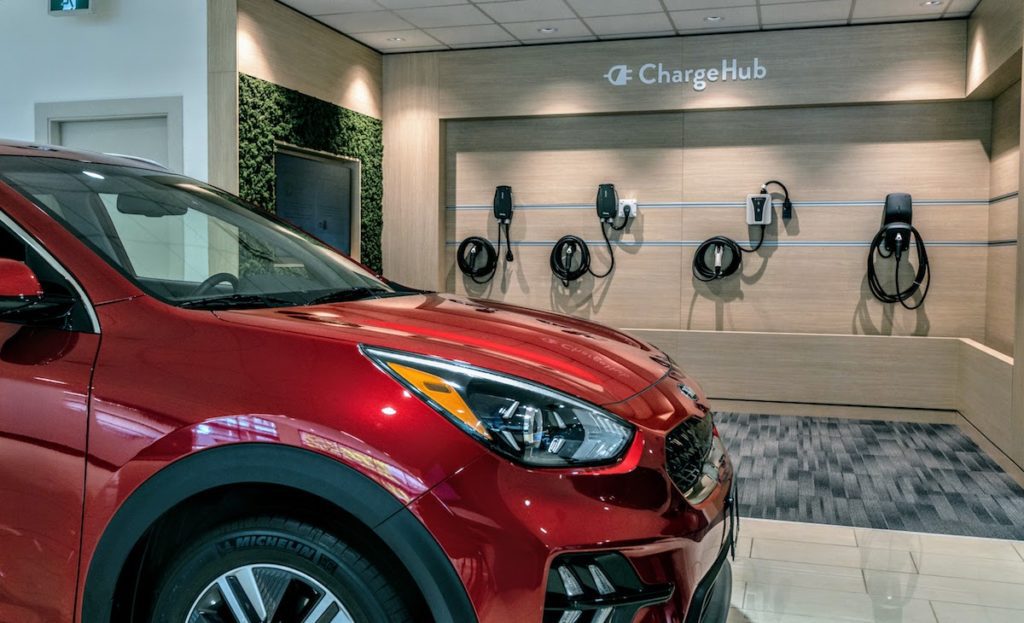
The NRDC data also shows that you can have some substantial long-term savings over a gas vehicle. The data suggests that the average American driver, commuting during the week and doing errands on the weekends, could save approximately 65% on fuel costs by opting for an electric vehicle.
This calculation is based on the significantly lower cost per mile of electricity compared to gasoline, at a rate of around 3.5 cents per mile for electricity and approximately 10 cents per mile for traditional gas-powered vehicles.
For higher mileage drivers, these savings are exponential, especially for those in-city. EVs excel at mileage that takes place between 0 to 50 MPH, as the batteries are not being used to their fullest extent and the motors are not being pushed hard.
Even highway mileage is more efficient, as EVs are shaped to be as slippery as possible to reduce vehicle drag, again boosting efficiency.
Maintenance
Those initial savings are balanced somewhat by maintenance expenses. In terms of basic and dealership maintenance, electric vehicles demonstrate a clear advantage. This is because EVs feature fewer moving parts than their internal combustion engine counterparts, resulting in lower maintenance requirements in the initial ownership period of approximately 5 years.
Data suggests that maintaining an electric vehicle costs around 50% less than maintaining a gas car over those 5 years, primarily due to the absence of components such as oil filters, spark plugs, and timing belts.
As a result, EV owners enjoy reduced upkeep costs and fewer visits to the mechanic, contributing further to the overall savings associated with electric car ownership.
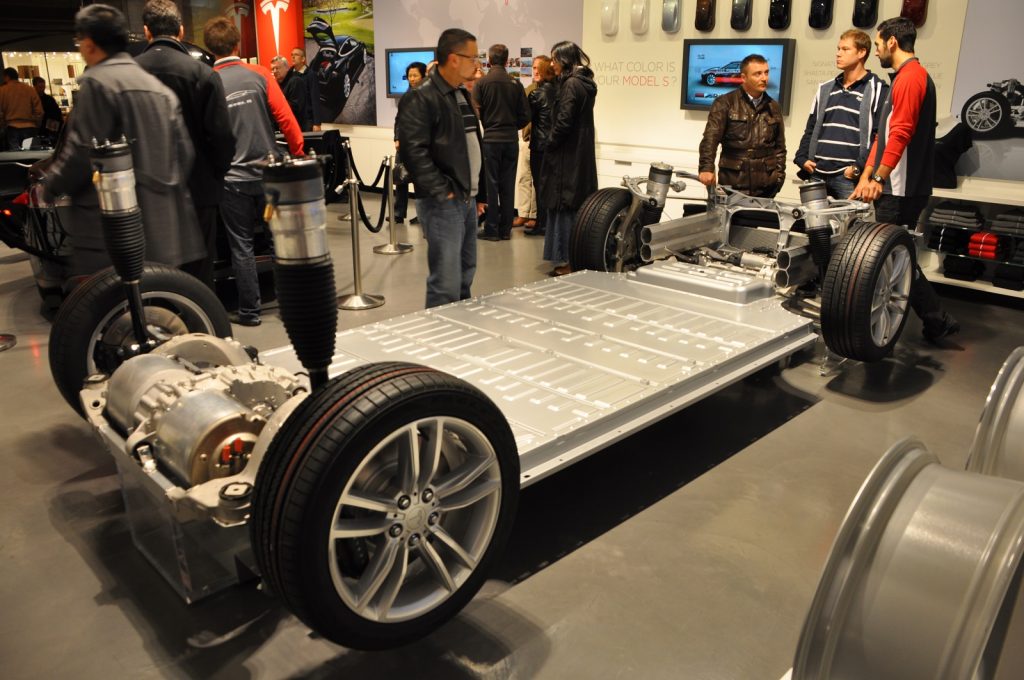
The flipside to that is that when an EV actually does need to have a substantial repair or service, especially if it’s regarding the battery pack or any of the drive motors, those components are currently much more expensive than the equivalent gas-powered vehicle.
This is almost entirely down to the fact that EVs are still in their infancy, and there simply is not enough of them out there in the mass market yet, whereas there are almost 300 million gas-powered vehicles on American roads at the moment.
Infrastructure
Charging infrastructure and electricity rates play pivotal roles in determining the comparative cost-effectiveness of electric vehicles. While the availability of charging stations continues to expand rapidly, with the number of public charging points increasing by over 21% annually, the cost of home charging remains the single-most crucial factor.
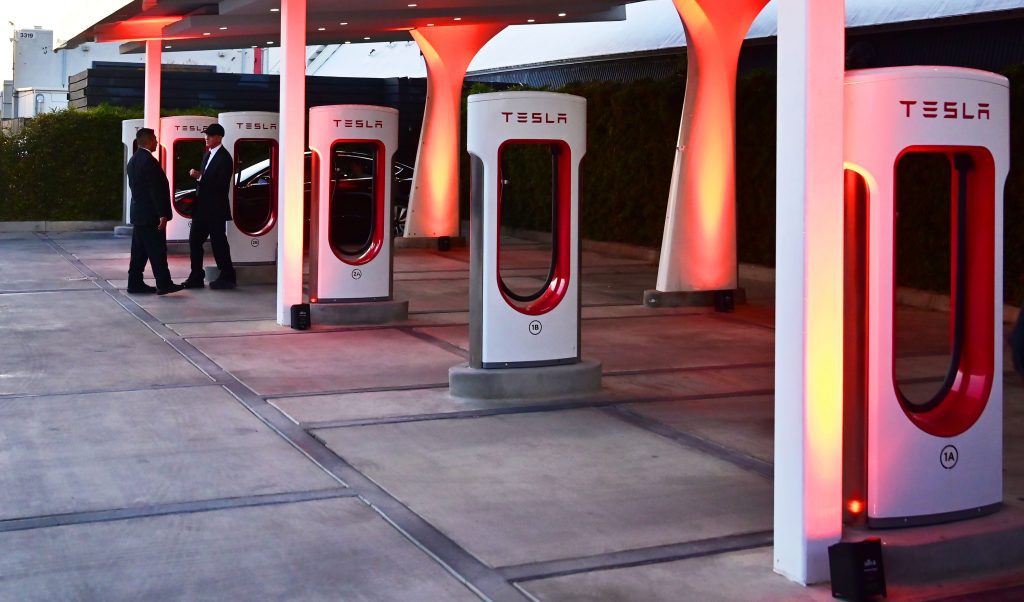
The average residential electricity rate in the United States stands at approximately 13.19 cents per kilowatt-hour (kWh). However, the actual cost of charging an electric vehicle can vary significantly depending on the time of day and local utility rates.
Many utility companies offer time-of-use tariffs or discounted rates for EV charging during off-peak hours. In this way, as EVs charge off of 240V connections in most home charging points, those consumers that plan out their charging times have the opportunity to further reduce their electricity expenses
Real World Ownership: Gas VS EV
A Closer Look At Government Incentives
It’s essential to consider government incentives and subsidies in any discussion about the economics of electric vehicles. Various federal, state, and local incentives aim to promote the adoption of EVs by offsetting their higher upfront costs.
The federal government currently offers a tax credit of up to $7,500 for all types of electric vehicles from motorcycles, cars, and trucks to electric heavy duty vehicles, effectively reducing the purchase price.
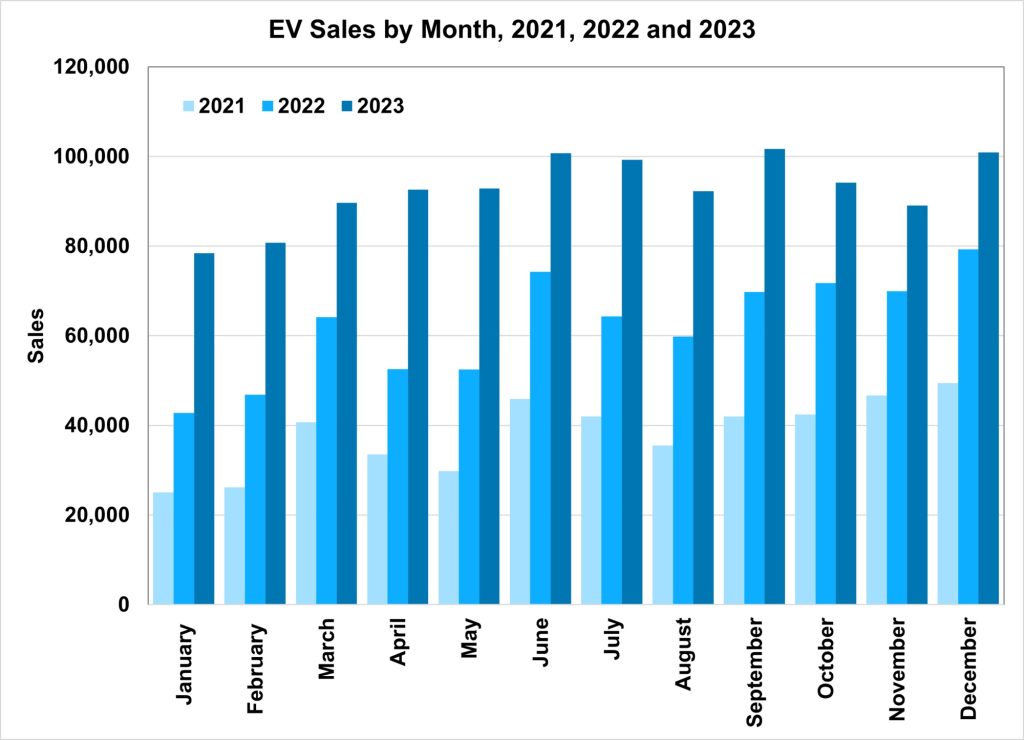
Additionally, numerous states provide additional incentives, such as rebates, tax exemptions, and, key in states such as California, access to carpool lanes, further enhancing the economic appeal of electric vehicle ownership.
“True” Range VS Real Range
Despite the undeniable cost advantages of electric vehicles, some factors temper their widespread adoption. Range anxiety, or the fear of running out of battery charge before reaching a charging station, remains the highest priority concern among consumers.
Advancements in battery technology, however, have significantly extended the driving range of electric vehicles in recent years. The latest models boast ranges of over 500 miles on a single charge, but the key thing to recognize is that this is what is known as “True” range, or the best range possible in perfect conditions.
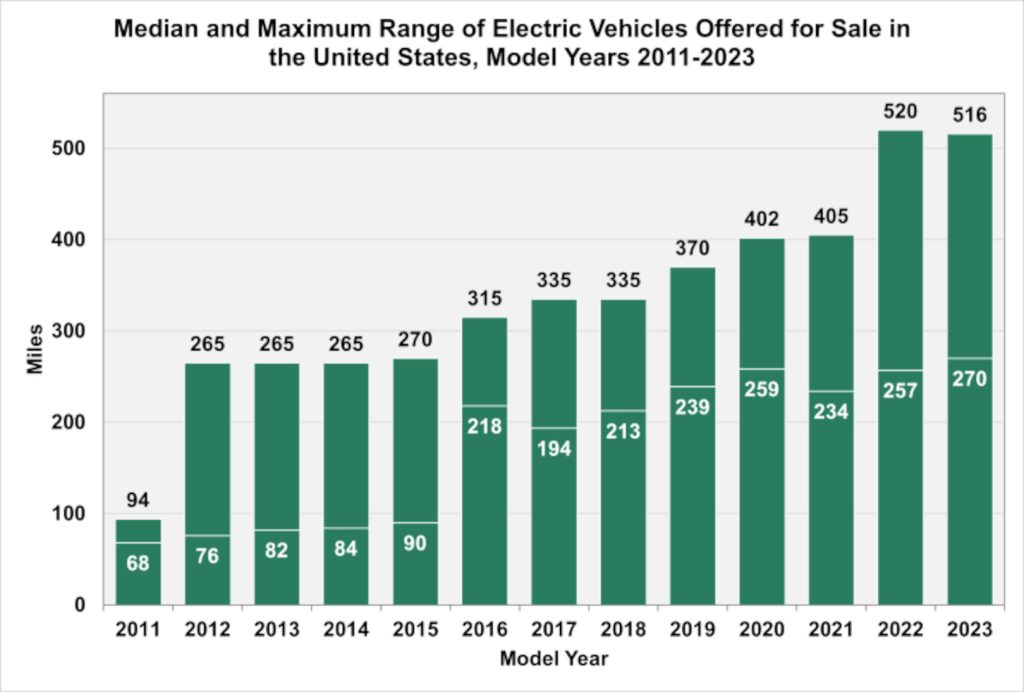
Real range is what comes about with factoring in climate control, using the sat nav, what level of headlights are on (day vs night driving), seat heaters/coolers, and the like. On average, these features can sap anywhere from 25% to 50% of the available power, meaning that real range is still in the 225 to 275 mile range for even the most efficient models.
Lifetime Costs Of Operation
The total cost of ownership analysis provides a comprehensive conclusion on the economic competitiveness of electric versus gas cars. Taking into account the average lifetime of a the initial ownership of a vehicle is 11 years, EVs typically have higher upfront purchase prices than their gas-powered counterparts, before incentives.
The significant savings in fuel and maintenance costs over time, however, work very well to offset this disparity.
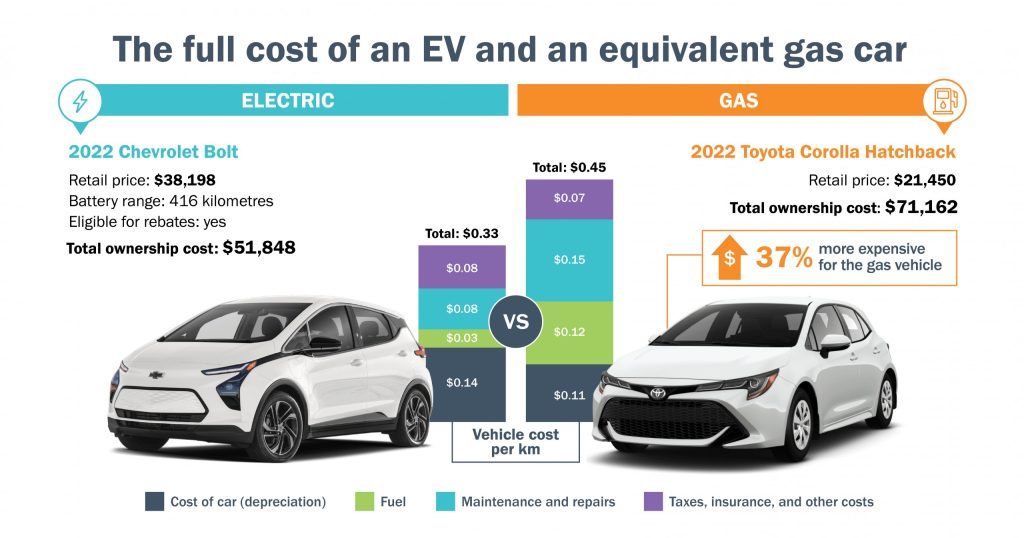
When considering the total cost of ownership over a typical vehicle lifespan, electric vehicles emerge as the more cost-effective option for many drivers. Keep in mind, this is purely based on numbers, as longer range drivers will still opt for the better long-term range efficiency of a gas-powered vehicle, despite the higher cost per mile.
In Sum
The economic case for electric vehicles is starting to become more and more compelling, and continues to strengthen as technology advances and infrastructure expands.
We think that despite initial hurdles such as higher purchase prices and concerns about charging infrastructure, the long-term savings associated with electric vehicle ownership can and will outweigh these challenges for many consumers.
With ongoing government incentives, improving battery technology, and a growing network of charging stations, electric vehicles do make sense in 2024.
However, they aren’t quite “there yet.” The initial novelty of EVs has worn off, and real world sales are still heavily biased towards having internal combustion as part of the drivetrain. Hybrids are where sales are booming, and many manufacturers are hoping that as we get closer to the 2030s, EV sales pick up again.

